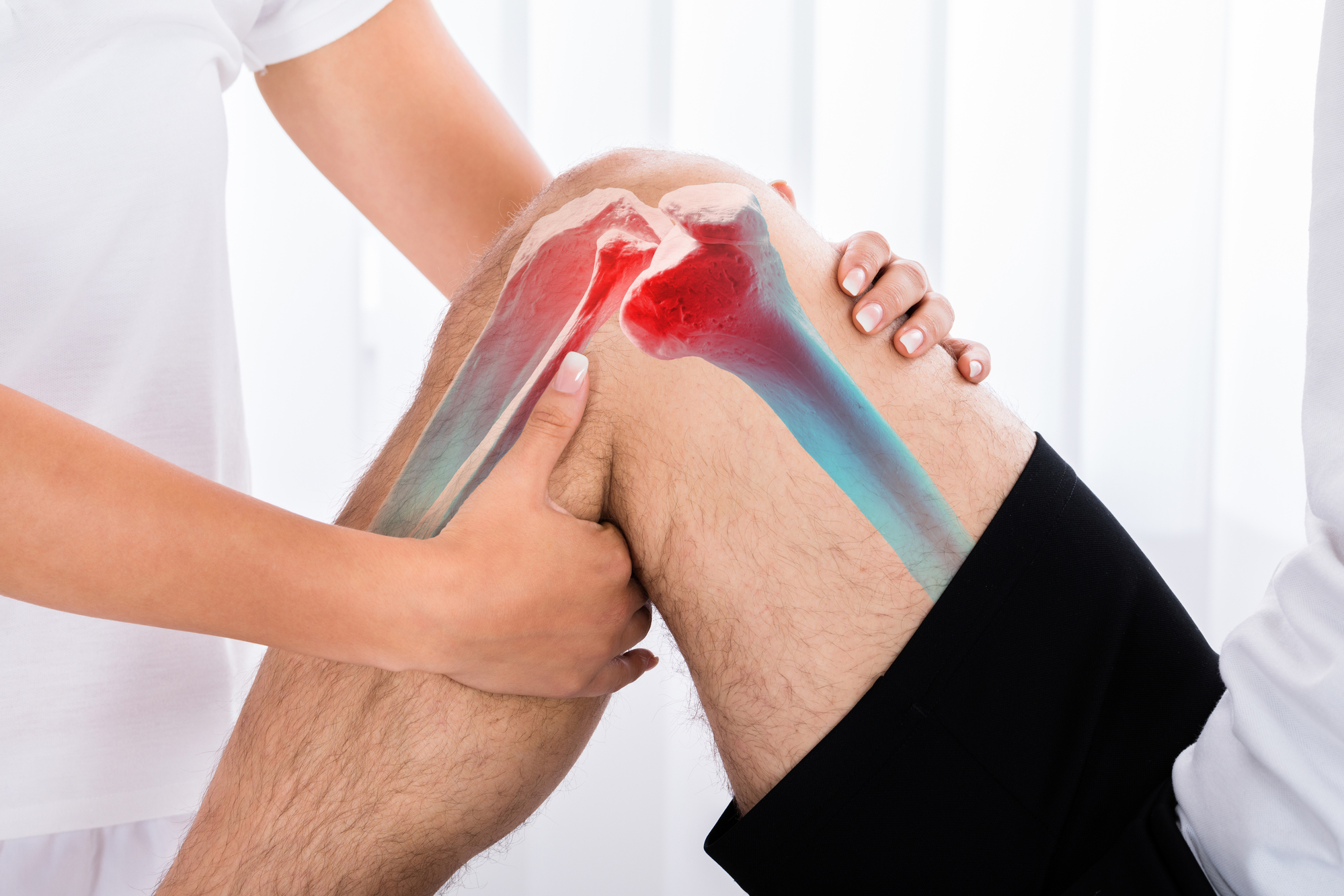
A Sudden Twist During a Quick Pivot
ACL tears often happen without contact from others. A sudden cut in basketball or a sharp turn in soccer is enough. The ligament gives out under rotational stress and sudden deceleration. The person might feel a shift, then hear a pop before pain even starts. Swelling develops fast, usually within a few hours.
Knees Become Unreliable After the Tear
The knee loses its stability after the ligament tears. Even standing or walking feels unsteady and strange.
The leg might buckle when trying to turn or stop suddenly. Daily movements become difficult, not just athletic ones. People report a constant fear of the knee giving out again.
Imaging Confirms What the Body Already Knows
MRI is the standard way to confirm an ACL tear. X-rays rule out fractures but won’t show ligament damage. Doctors examine how the knee moves under gentle pressure. They compare both knees for stability and motion range. Physical exams still matter, even in high-tech clinics.
The ACL Can’t Heal on Its Own
The ACL doesn’t get much blood, unlike skin or muscle. This makes natural healing almost impossible for a complete tear. Some partial tears might improve with rest and rehab. But most athletes with full tears need surgery for full recovery. Time alone doesn’t rebuild a torn ligament.
Choosing Between Surgery and Physical Therapy
Not every ACL tear needs surgery right away. Some patients, especially non-athletes, do fine without it.
Physical therapy can build strength around the joint. But high-level athletes usually return to surgery for stability. It’s a personal decision, shaped by goals and lifestyle.
Autograft or Allograft—What’s the Difference?
ACL reconstruction usually uses a graft to replace the torn tissue. Autografts come from the patient’s own tendon, often hamstring or patellar. Allografts use donor tissue from a cadaver. Autografts heal slower at first, but hold up better long term. Each option has trade-offs based on activity level and age.
Surgery Rebuilds Structure, But Trust Takes Time
Surgical repair is precise, but healing takes months. The new ligament must bond with bone and regain strength. Physical therapy begins within days of surgery. Rehab focuses on motion first, then strength and balance. Returning to sports may take 9 to 12 months.
Setbacks Happen—Reinjury Isn’t Rare
Even with good surgery and therapy, reinjury can occur. Some people tear the graft or injure the opposite knee. Poor rehab or rushing back too soon increases the risk. Mental recovery matters as much as physical milestones. Fear of re-tearing often lingers after the body has healed.
Age, Gender, and Genetics All Play a Role
Women tear their ACLs more often than men in similar sports. Anatomy, hormone levels, and neuromuscular control affect risk. Young athletes are more likely to return to high-demand sports.
Older patients may choose non-surgical care for lifestyle reasons. Genetic factors can also influence ligament strength and structure.
Not Every Athlete Returns the Same
Some athletes regain full function and even improve performance. Others lose speed, confidence, or stop competing altogether. Return to play depends on rehab quality, mindset, and support.
Athletes who trust their bodies again tend to perform better. Support from coaches and therapists shapes long-term outcomes.
Surgery Techniques Are Constantly Evolving
New procedures reduce trauma and speed up healing. Surgeons now use smaller incisions and better tools. Graft placement is more precise than in past decades. Robotic assistance and 3D imaging guide the process. Technology continues to reshape how surgeons fix ACLs.
ACL Prevention Is Finally Gaining Ground
Injury prevention programs are making their way into sports. Neuromuscular training reduces ACL tear rates in young athletes. These programs focus on landing form, strength, and agility. They’re especially effective for female athletes in cutting sports. Prevention is cheaper and easier than recovery.
Returning Stronger Takes More Than Surgery
Success after ACL repair isn’t just about a healthy knee. It’s about trust, strength, and mental resilience.
Athletes need structured support, not just time off. Coaches and families play critical roles in the journey. The road back is physical, psychological, and deeply personal.
